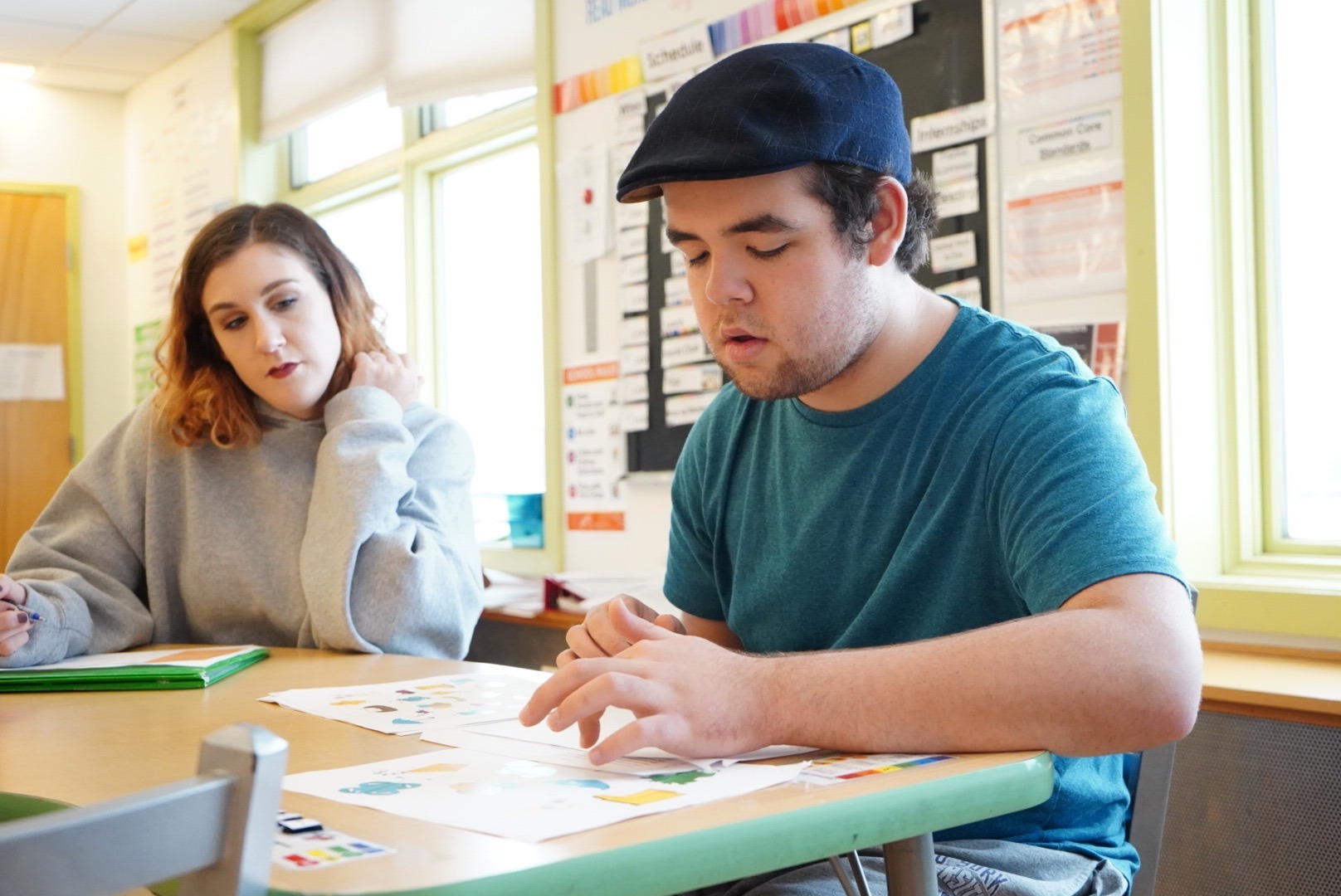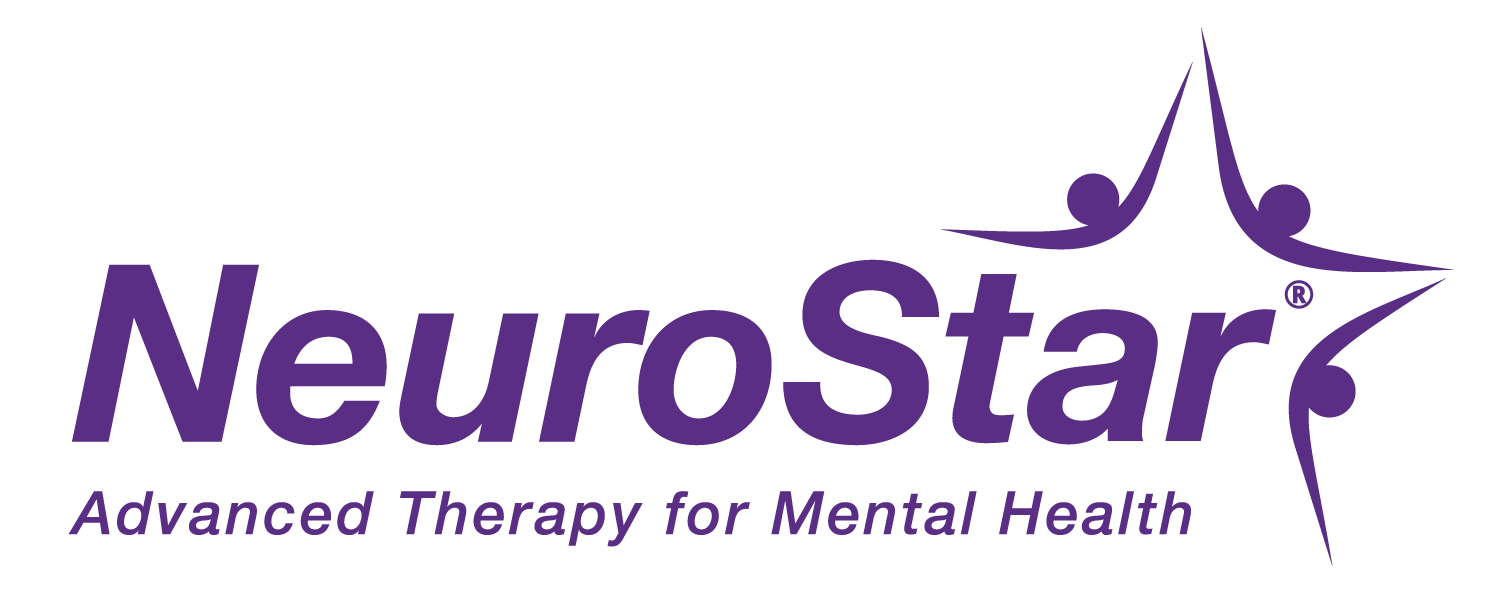
ASD (Autism Spectrum Disorders)
Autism is a developmental disorder, meaning that it usually occurs in early life, that affects a wide variety of aspects in a child’s life. It is widespread and affects people in all social, racial and class groups. It seems that it also affects girls and boys almost equally. There is increasing research to show that similarities in how Autism affects girls and boys may influence how accurately they are diagnosed. Autism may cause similar behavior in both girls and boys but be perceived as more “acceptable” in one or the other due to our western culture. If a family is unsure of whether or not their child has Autism, it is wise to seek advice that clears the way for an accurate and objective diagnosis. Speak with educators and health-care professionals for advice.
Autism is a lifelong condition and can be managed with proper support and treatment. Autism is known as a “spectrum disorder” because it displays such a wide variety of affects ranging from mild to intense. Autism treatment can include medication, behavior and sensory therapies. Accuracy in diagnosis and ongoing assessment is key to timely and effective strategies.

Autism
A developmental disability significantly affecting verbal and nonverbal communication and social interaction. The term shall have the meaning given it in federal law at 34 CFR 300.7.
Federal Definition:
(i) Autism means a developmental disability significantly affecting verbal and nonverbal communication and social interaction, generally evident before age 3, that adversely affects a child’s educational performance. Other characteristics often associated with autism are engagement in repetitive activities and stereotyped movements, resistance to environmental change or change in daily routines, and unusual responses to sensory experiences. The term does not apply if a child’s educational performance is adversely affected primarily because the child has an emotional disturbance, as defined in paragraph (b)(4) of this section.
(ii) A child who manifests the characteristics of “autism” after age 3 could be diagnosed as having “autism” if the criteria in paragraph (c)(1)(i) of this section are satisfied.

